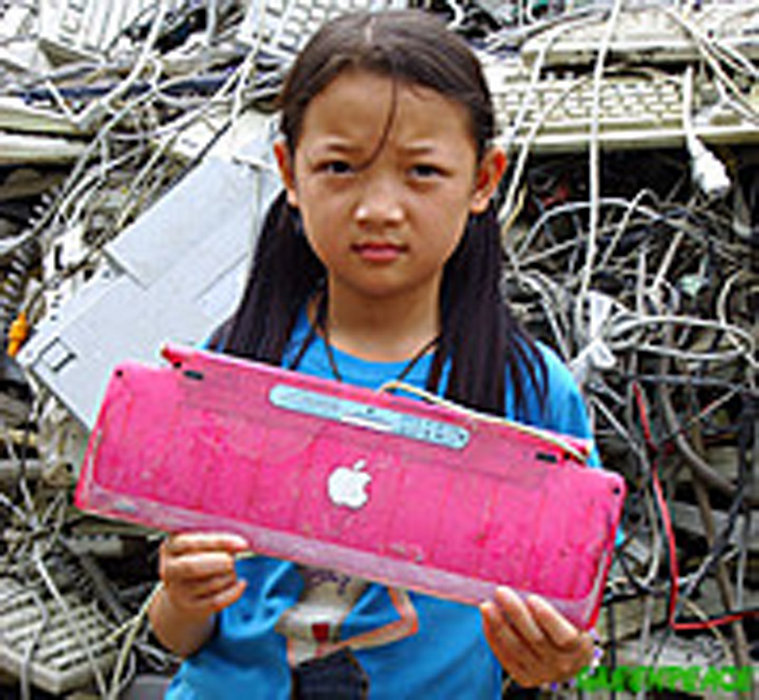December 2, 2011


Ever wondered where your used electronic appliances go? Or maybe you just think, “I paid my recycling fee, so they must have been recycled in a proper way.” As a matter of fact, most e-waste from all over the world is shipped to third-world countries such as China. Here’s how to reduce e-waste’s harm. (Photo by Blogpaedia, Flickr)
[nggallery id=65 template=carousel images=2] [imagebrowser id=65]
By April Fang
Ever wondered where your used electronics go? Or maybe you just think, “I paid my recycling fee, so they must have been recycled in a proper way.”
As a matter of fact, most e-waste from all over the world is shipped to third-world countries such as China. In Nanyang, China people dismantle e-waste in their homes or on the street rather than in a factory. The toxic smoke from incinerating e-waste causes serious health effects, including high lead concentration residents’ blood and lower IQs among children born in the area.
Here are little things we can do to make a difference:
Spread the word about these simple practices and how they can help mitigate e-waste’s harm to the environment and to human health.
]]>